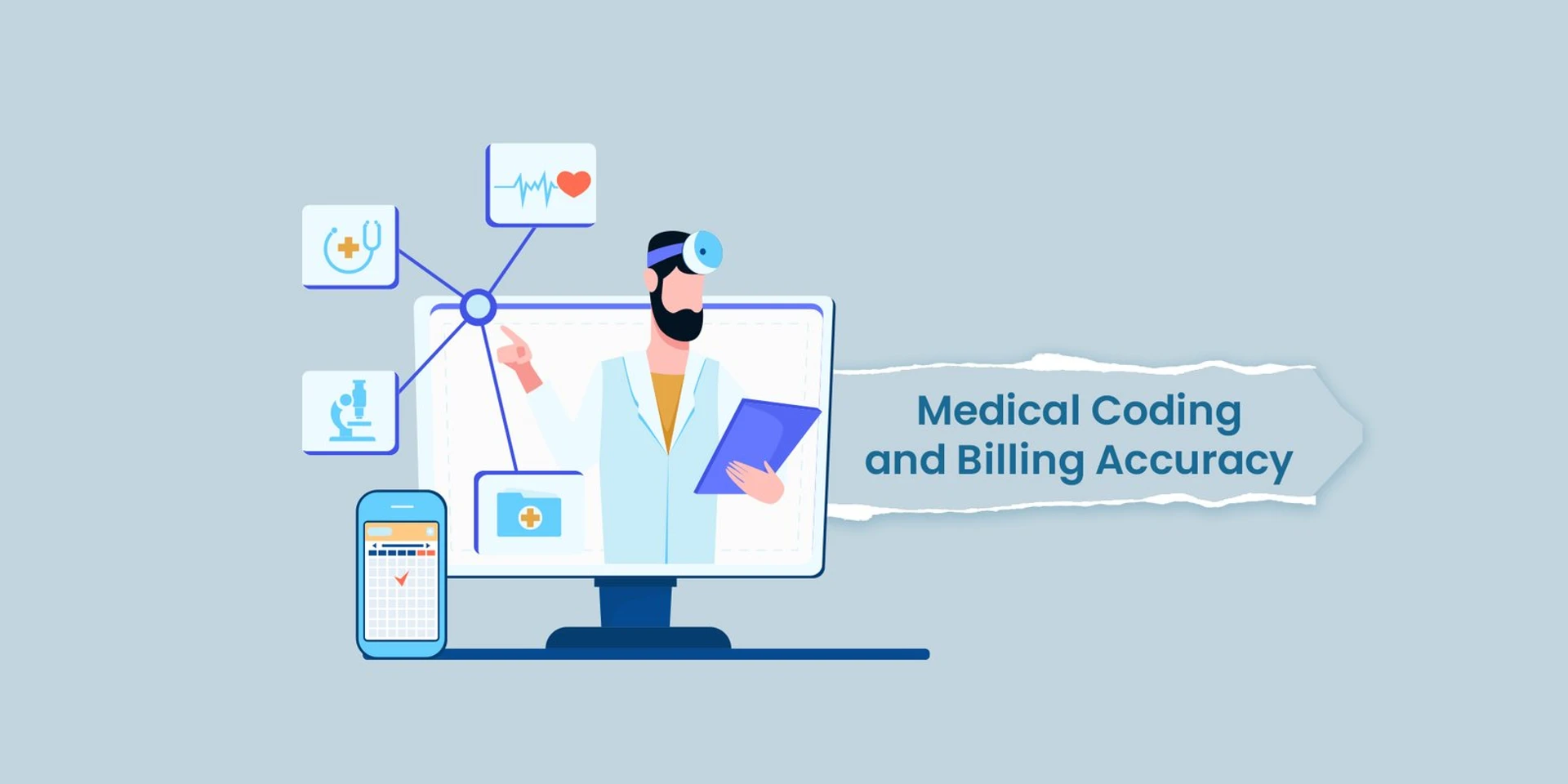When it comes to medical coding and billing, accuracy is everything; a small error can cause a claim to bounce right back from the payer, leading to payment delays.
There is no denying that coding requirements keep changing. However, with denials resulting in billions of dollars each year, providers can’t afford to up code, down code or use outdated codes.
Fortunately, automation and software-based solutions are helping healthcare organizations to sail through the complicated world of medical coding. But providers should also refresh their skills on medical coding and billing and adopt best practices to enhance claims management and maximize their reimbursements.
All that said, it is time to explore six areas you should pay attention to:
Stay Abreast with Coding Changes
Medical codes translate the information about the patient’s healthcare encounter into an electronic format for payers to adjudicate claims for reimbursement. In case a claim contains outdated, incorrect, or missing codes, it gets denied.
Most of the common medical coding systems have:
- International Classification of Disease 10th Edition (ICD-10) Codes
- Current Procedural Terminology (CPT) Codes
- Healthcare Common Procedure Coding System (HCPCS) Codes
- National Drug Code (NDC)
- Diagnosis-Related Group (DRG) codes
There are also a number of coding directories for different specialties, such as dental care, mental health and patients with disabilities. Medical coders must consider hundreds of thousands of constantly changing codable terms, which is no easy task.
Traditionally, coders relied on manual coding directories to use the proper codes but today, most of them use digital encoders and digital coding libraries to produce electronic codes. Additionally, providers can also integrate their internal software with government and payer edits. This will help them to not miss out on any changes in coding requirements, process all patient encounters in real-time and flag incorrect codes before the claim submission.
Automate the Claims Management Process
Manually matching each patient encounter to a specific set of codes is usually time-consuming and error prone. Software programs enhance the process by examining unstructured clinical charts and notes to extract data relevant to the claim. They can cross-reference hundreds of coding directories in a second to find the right code.
They also organize data in standardized, interoperable formats so information can be exchanged between coding and billing teams, other staff, and payer systems with ease.
It is true that some output generated by artificial intelligence (AI) and natural language processing (NLP) still needs human eyes to review but automation solutions significantly cut down workload on staff and facilitate error-free coding.
Automated claims management also allows medical coding and billing teams to optimize workflows, submit cleaner claims, and get insights into the root causes of denials.
Eliminate Workflow Inefficiencies
The Council for Affordability Quality Healthcare (CAQH) states that automation could save over an hour of staff time for every three claim status checks. Now, this can allow staff to spend more time on operations that require human intervention.
Fewer errors mean less time spent on reworking denied claims. And if claims are processed faster, hitting the payer adjudication stage can be even faster, resulting in quick payout.
The process of medical coding and billing can take anywhere from a week to a few months, so every hour saved is crucial. To cut down denials along the way, providers must monitor claims to know how they are progressing through the claims adjudication process, which can decrease the amount of time staff spend interacting with payers. It can also eliminate manual follow-up and enable teams to deal with pending, returned, denied, and zero-pay transactions promptly.
Upgrade Record-Keeping Technology
If patient records contain typos and outdated contact information, then such mistakes can be passed on to claims forms. Nearly one in five patients finds errors in their medical records, including wrong details about diagnoses, medication and test results. It is vital to prevent such mistakes for accurate medical billing and coding.
Interoperable electronic patient records prevent incorrect information because they create one complete record for every patient. These record-keeping systems auto-search across multiple data sources to confirm that the record is both complete and accurate.
This way, staff can be assured that every patient’s information shall be considered when their medical encounters are coded, thereby preventing coding inconsistencies that often arise when a patient’s treatment doesn’t match with their diagnosis.
Double-Check Claims Before Submitting
Running a line-by-line review of each claim before submitting it can help find errors and fix them before losses occur. However, doing this task manually needs a large chunk of time, but with automated tools and RCM solution providers, hospitals and medical groups can audit claims automatically to check for coding discrepancies or missing patient information.
Remember that a streamlined claims cycle benefits payers and patients alike. Payers can accurately and quickly code claims without pushing them into a queue for manual review, and patients get earlier clarity on the amount they’ll owe.
Audit the Claims Management Process
Last but not least, it is equally crucial to conduct routine checks on the medical coding and billing practices to remove any recurring issues.
While a coding audit must focus on coding accuracy and compliance, a billing audit should investigate everything from the systems and processes involved in patient eligibility verification to those involving patient collections.
This will help to reveal recurring problems such as undercoding and overcoding, redundant and retired codes, noncompliance and poor documentation. Again, robust, quality data and records will make this process much easier. Also, partnering with one trusted vendor to deliver an end-to-end claims management solution can also assist in the longer run.
Learn how Pain Management Group Revenue Leaps by 30% with Streamlined Claims Filing.
Wrapping Up
Maintaining coding and billing accuracy in today’s complex healthcare landscape takes more than just keeping pace with change—it also demands strategic thinking.
While implementing these best practices can significantly enhance your revenue cycle, the rapidly evolving healthcare industry often requires expertise that may be beyond the capabilities of an in-house team.
This is when RCM partners come into the picture. They have the right expertise and technology that providers require to stay ahead of the curve today. By partnering with the right RCM solution provider, organizations can ensure accurate medical coding and billing as well as sustained financial health.
Remember, the future of healthcare success lies in making smart operational choices today.







